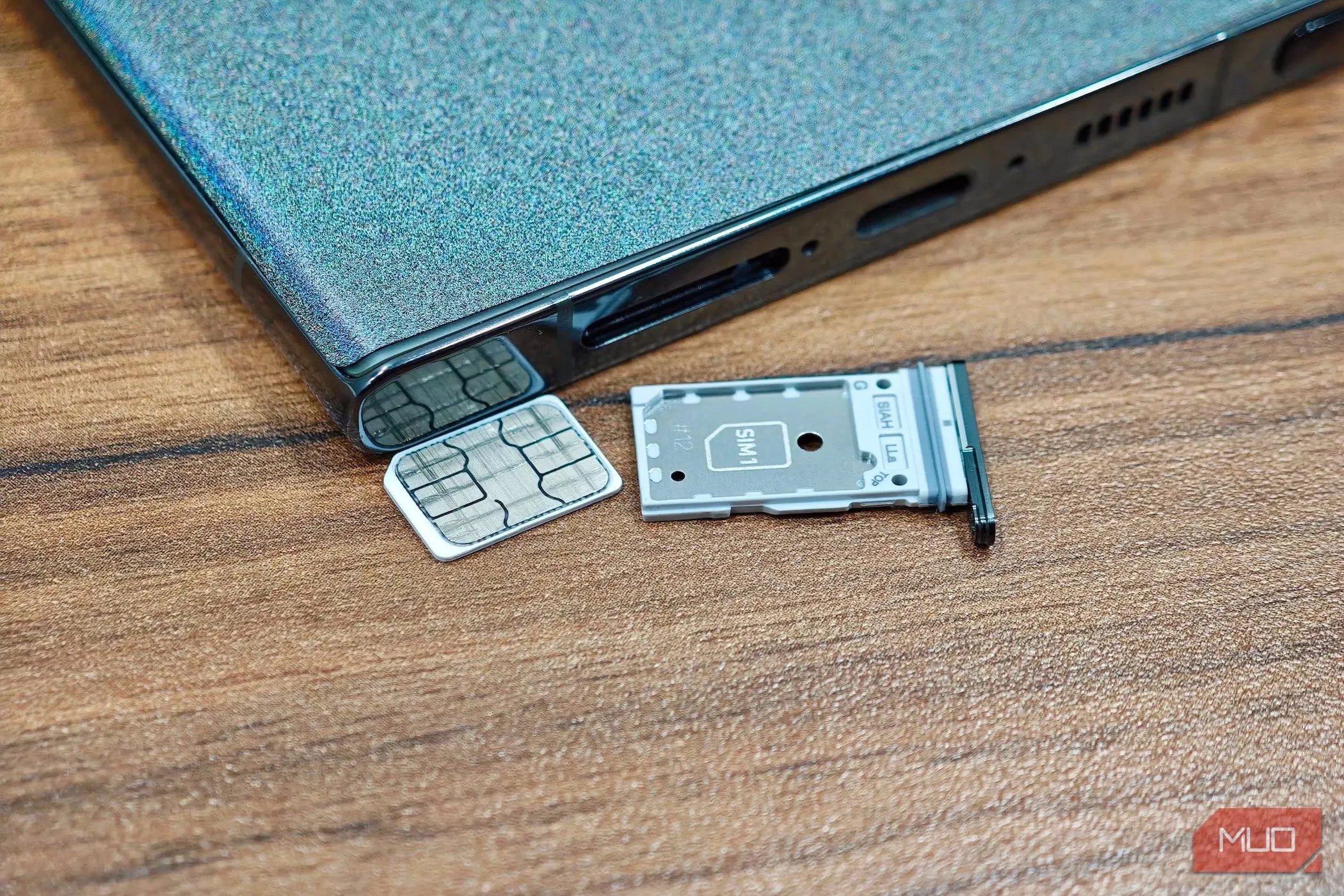Connectivity Evolved. Apple is on the cusp of a major shift in how iPhones connect to cellular networks. The company is planning a widespread rollout of eSIM-only iPhone 17 models, eliminating the physical SIM card tray in numerous international markets. This move, which began with the iPhone 14 in the United States, is expected to extend to more countries, particularly within the European Union, marking a significant step towards a future of purely digital SIM technology.
The iPhone 17: A SIM-Free Future
The iPhone 17 series is poised to be a game-changer for global connectivity. According to reports, Apple is preparing to expand its eSIM-only iPhone offerings globally, starting with the iPhone 17 lineup. This means that these new iPhone models will forgo the traditional physical SIM card tray, relying entirely on embedded SIM (eSIM) technology for cellular connectivity. The ultra-thin iPhone 17 Air model is specifically anticipated to be eSIM-only due to its design constraints, as noted by various technology news outlets.
Official Announcement and Release
Mark your calendars: the official announcement of the iPhone 17 series is expected on Tuesday, September 9, 2025, at an “Awe Dropping” event at Apple Park in Cupertino, California. Pre-orders for the new devices are likely to commence on Friday, September 12, with a release date of Friday, September 19, 2025. This timeline is consistent with Apple’s historical product launch patterns.
EU Training and Readiness
Leading up to this launch, retail employees at Apple Authorized Resellers in the European Union are mandated to complete their eSIM training by Friday, September 5, 2025, just days before the anticipated launch. This proactive measure underscores Apple’s commitment to ensuring a smooth transition for both consumers and retail staff. The availability of this training through Apple’s global SEED app suggests that the eSIM shift could extend beyond Europe.
Global Expansion and Regional Considerations
While the United States has had eSIM-only iPhones since the iPhone 14 series, this new expansion targets a broader international audience, with a particular focus on the 27 countries within the European Union. The training for retail staff in the EU strongly suggests a significant push in this region. However, not all markets are created equal. China, for example, is noted as a market where regulatory hurdles have made eSIM adoption for iPhones challenging, potentially making it an exception to this global shift, as reported by 9to5Mac.
The Driving Forces Behind the Change
Simplifying Connectivity and Embracing Modern Technology
Apple’s transition to eSIM-only iPhones is driven by several key factors. The company aims to simplify connectivity and embrace modern technology, aligning with its vision of creating more secure, efficient, and streamlined devices. Analyst Ming-Chi Kuo has repeatedly emphasized Apple’s long-term strategy to reduce reliance on physical components.
Enhanced Security and User Flexibility
Eliminating the physical SIM tray also contributes to enhanced water resistance and simplifies the manufacturing process. For users, eSIMs offer heightened security, as they cannot be physically removed from a lost or stolen device, and provide greater flexibility for managing multiple cellular plans, especially beneficial for international travelers. This is a key advantage highlighted by AppleInsider.
Industry Impact and Future Implications
Pushing for Broader Adoption of Digital SIM Solutions
This move is significantly impacting the mobile industry by pushing a broader adoption of digital SIM solutions. Apple is preparing for this transition by requiring its authorized reseller staff in the EU to complete comprehensive eSIM training, indicating a readiness for a wider SIM-free iPhone expansion. The Information has also reported on Apple’s internal discussions regarding the potential for a completely port-less iPhone in the future.
A Consistent Push Towards Innovation
This consistent push by Apple, which began with the introduction of eSIM in the iPhone XS in 2018 and the eSIM-only iPhone 14 in the US, reflects its commitment to innovation and could redefine mobile connectivity standards. The Independent has noted that this shift could pressure other smartphone manufacturers to follow suit, accelerating the transition to eSIM technology across the industry.
In conclusion, Apple’s anticipated launch of eSIM-only iPhone 17 models marks a pivotal moment in the evolution of mobile technology. By prioritizing security, streamlining design, and embracing digital solutions, Apple is not only enhancing the user experience but also driving the industry towards a more connected and efficient future. The global implications of this strategic shift are far-reaching, potentially reshaping how we connect to cellular networks worldwide.




:max_bytes(150000):strip_icc():focal(1062x595:1064x597)/Nobody-Wants-This-Ending-Explained-Hereis-Where-Noah-Joanne-Leave-Off-And-What-It-Means-for-Potential-Season-two-tout-f2c0f0235d4c4ef3a3c0eca5c173a047.jpg?w=1024&resize=1024,1024&ssl=1)
